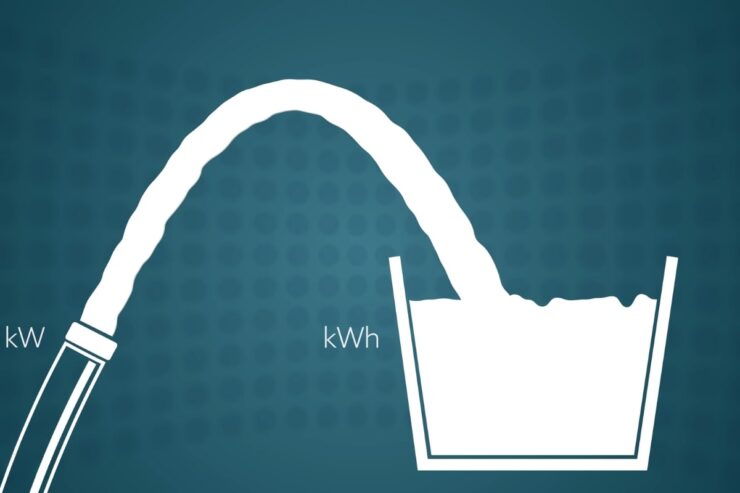Electricity is important in our everyday lives because it helps us use things at home and at work. However, there are two words that confuse a lot of people when it comes to understanding electricity: kilowatt (kW) and kilowatt-hour (kWh).
Even though they sound similar, they mean different things. Let’s learn about what they actually mean.
What is a kilowatt (kW)?
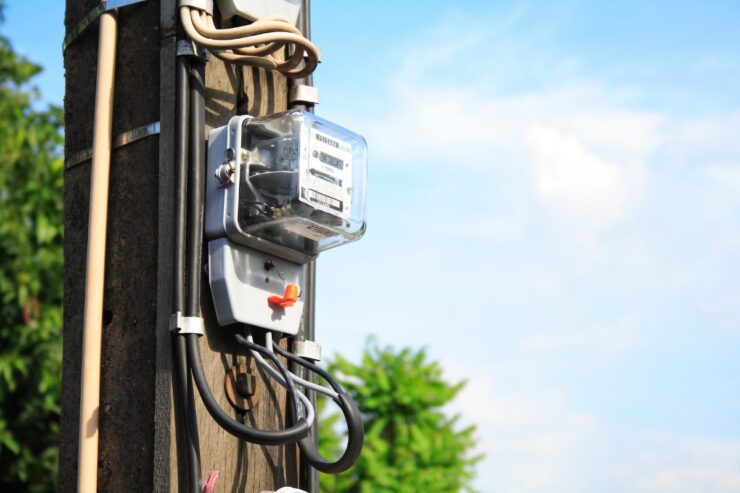
A kilowatt (kW) is a term that often surfaces when discussing electricity and power. But what exactly does it mean? At its core, a kilowatt is a standardized unit used to express power.
Power, in the scientific world, is a concept that describes how quickly energy is used or produced. It’s akin to the speedometer in your car, indicating how fast energy is being consumed or generated at any given moment.
The basic unit of power is the watt (W), named after the Scottish engineer James Watt. When we say something is 1,000 watts or 1 kilowatt, we’re essentially saying that it has the capacity to use or produce energy at a rate of 1,000 joules per second.
In everyday scenarios, especially when discussing household appliances, the term kilowatt helps us gauge the power demand of a device. Take the example of the 1,000-watt hair dryer.
When you switch it on, it doesn’t gradually build up to its power requirement. Instead, it immediately demands 1,000 watts (or 1 kW) to operate effectively.
This is its instantaneous power requirement.
What are Kilowatt-hours (kWh)?
While kilowatts help us understand the immediate power needs of a device, kilowatt-hours (kWh) give us a broader picture by measuring energy consumption over time. Energy is a more encompassing term that describes the total amount of work done or the total amount of heat transferred.
It’s the cumulative result of power used over a duration. If power is the speedometer of your car, then energy is the odometer, tallying up the total distance traveled.
The unit “joule” is the standard measure of energy. However, when discussing electricity consumption, especially in the context of utility bills, the joule isn’t very practical due to the vast amounts of energy households and industries consume.
This is where the kilowatt-hour steps in, providing a more manageable unit. As mentioned, 1 kWh is equivalent to 3.6 million joules, which is the energy consumed when a 1 kW device runs continuously for an hour.
Bringing it back to our hair dryer example: if you were to use your 1 kW hair dryer non-stop for 60 minutes, it would consume energy equivalent to 1 kWh. This metric helps consumers and industries alike to track and manage their energy consumption more effectively.
Spotting the Difference: kW vs. kWh
When navigating the world of electricity and energy, the terms kW (kilowatt) and kWh (kilowatt-hour) frequently arise. While they might seem similar at first glance, they represent distinct concepts that are pivotal to understanding energy consumption and generation.
Kilowatt (kW): The Measure of Power
A kilowatt (kW) is a snapshot of power at any given moment. It’s like capturing the speed of a car at an exact second.
Power, in essence, is the rate at which energy is either used or produced. It’s a measure of “how fast” energy is being consumed or generated.
If you were to peek at a device or system and measure its power requirement or output at that exact second, you’d be looking at its kW rating.
Kilowatt-hour (kWh): The Measure of Energy Over Time
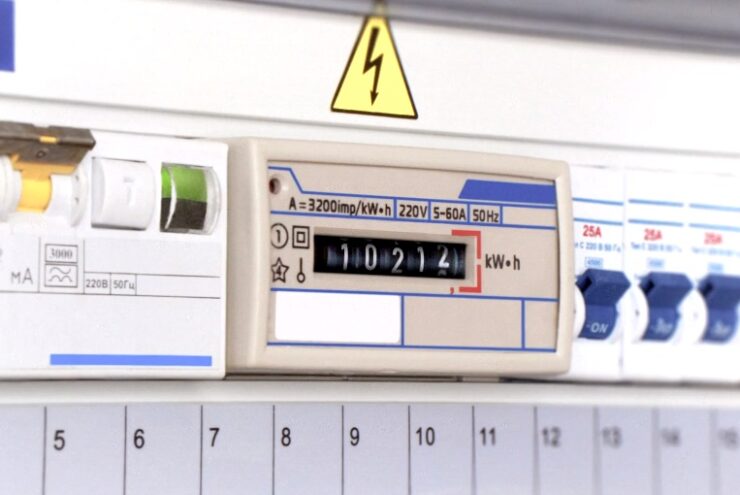
On the flip side, kilowatt-hour (kWh) is a measure of how much energy has been consumed or produced over a specific period. It’s akin to calculating the total distance a car has traveled over an hour or a day.
While kW gives you the “speed,” kWh provides the “distance” or the cumulative energy used or generated over time.
Speed and Distance
To better grasp the difference, consider the analogy of a car journey:
- kW (Power): Imagine you’re driving a car and you glance at the speedometer. It reads 60 miles per hour. That’s your current speed or rate of travel, similar to how kW measures the instantaneous rate of energy consumption or generation.
- kWh (Energy): Now, if you maintain that speed of 60 miles per hour for a continuous hour, you would’ve covered 60 miles in total. That’s the total distance you’ve traveled, analogous to how kWh measures the total energy consumed or generated over a set period.
The Relationship Between kW and kWh
The relationship between kW and kWh is encapsulated in a straightforward equation:
1kW × 1hour = 1kWh
This equation underscores a fundamental principle: if a device or system with a power rating of 1 kilowatt operates non-stop for one hour, it will consume (or produce) energy equivalent to 1 kilowatt-hour. It’s a direct translation of the “speed” (kW) into “distance” (kWh) when maintained over a specific duration.
Example
Imagine using your 1 kW hair dryer for just 30 minutes. How much energy does it consume?
Power(kW)×Time(hours)=Energy(kWh)
1kW×0.5hours=0.5kWh
Your hair dryer will have consumed 0.5 kilowatt-hours of energy.
Decoding Your Electricity Bill
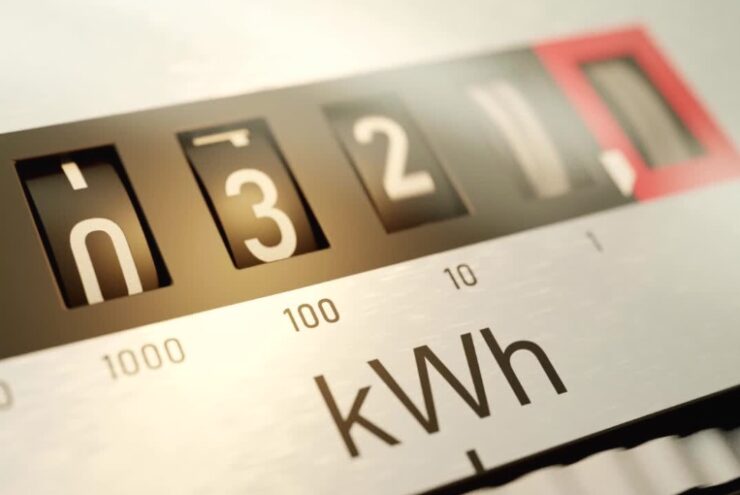
Every month, or perhaps every quarter, you’re presented with an electricity bill that provides a summary of your energy usage. But what do all those numbers and terms mean?
Let’s break it down.
Kilowatt-hours (kWh) on Your Bill
Your electricity bill primarily revolves around the unit kilowatt-hour (kWh). This is the standard unit used by utility companies to represent the total amount of electrical energy you’ve consumed during the billing cycle.
Think of it as the “currency” of energy. For instance, if your bill states that you’ve used 500 kWh, it means that the total energy consumed by all your electrical devices and appliances over the billing period equates to 500-kilowatt hours.
Cost per kWh: What You’re Paying For
Another crucial aspect of your bill is the cost per kWh. This rate determines how much you pay for each unit of energy consumed.
Different utility companies might have varying rates, and these rates can also fluctuate based on peak usage times, energy sources, and other factors. For example, if your rate is $0.10 per kWh and you’ve used 500 kWh, your energy charge for that period would be $50 (before any additional fees or taxes).
Strategies for Energy Conservation

Reducing your energy consumption isn’t just about cutting costs; it’s also about promoting sustainability and lessening our carbon footprint. Here are some actionable tips to help you achieve both:
1. Embrace Energy-Efficient Appliances
Modern appliances often come with energy efficiency ratings. Opting for those with higher ratings can lead to significant savings over time.
For instance, an energy-efficient refrigerator can use up to 40% less energy than its non-efficient counterpart.
2. Be Mindful of Lighting
Always ensure that lights are turned off when not needed. Consider switching to LED bulbs, which consume less energy and have a longer lifespan than traditional incandescent bulbs.
3. Unplug Idle Devices
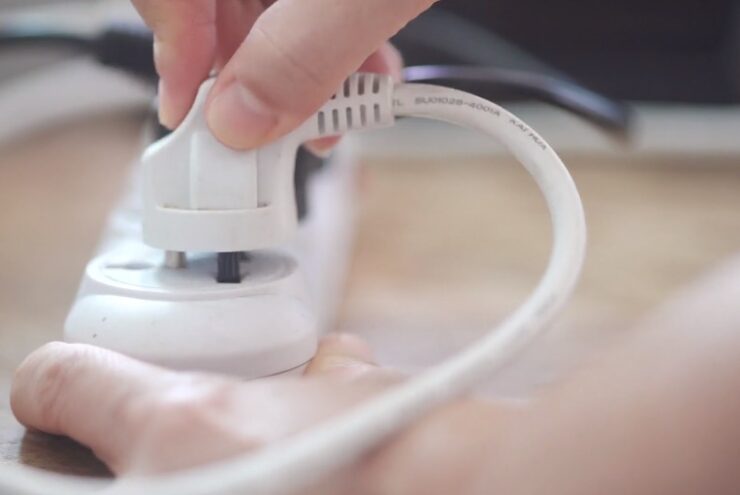
Many devices consume energy even when they’re not in use, a phenomenon known as ‘phantom load‘. By unplugging devices or using smart power strips, you can prevent this unnecessary energy drain.
4. Boost Your Home’s Insulation
Proper insulation ensures that your home remains warm during winters and cool during summers, reducing the need for excessive heating or cooling. This can be achieved by sealing gaps, insulating attics, or even using thermal curtains.
5. Rethink Transportation
While not directly related to your home’s electricity, the energy used for transportation significantly impacts our overall energy consumption. Consider walking, cycling, carpooling, or using public transport to reduce the reliance on individual car journeys.
FAQ
What is the average electricity consumption in a home?
The provided content does not specify the average electricity consumption in a home. However, this can vary based on the size of the home, the number of occupants, the efficiency of appliances, and other factors. It’s recommended to refer to national or regional statistics or utility companies for specific data on average electricity consumption.
How to save energy?
Electricity and fuel are primary sources of energy that power our homes and vehicles. The choices we make, both at home and on the road, significantly influence our overall energy costs. To save energy:
- Choose and Use Efficient Products: Opt for products that are designed to be energy-efficient. This not only reduces energy consumption but also saves money in the long run.
- Generate Your Own Electricity: Consider harnessing renewable energy sources, such as solar or wind, to generate electricity for your home.
What steps can you take to weatherize your home?
To weatherize your home, you can take several steps to improve insulation and seal gaps. These include sealing gaps and cracks around windows and doors using caulk or weatherstripping, insulating attics and walls to prevent heat loss, installing thermal curtains to regulate indoor temperatures, and upgrading windows to improve insulation by installing double-pane or energy-efficient windows.
Closing Thoughts
Understanding the difference between kW and kWh is crucial for anyone keen on grasping their energy consumption patterns. Remember: 1kW×1hour=1kWh1kW×1hour=1kWh
With this knowledge, you’re better equipped to interpret your electricity bills and make informed decisions about energy usage.

